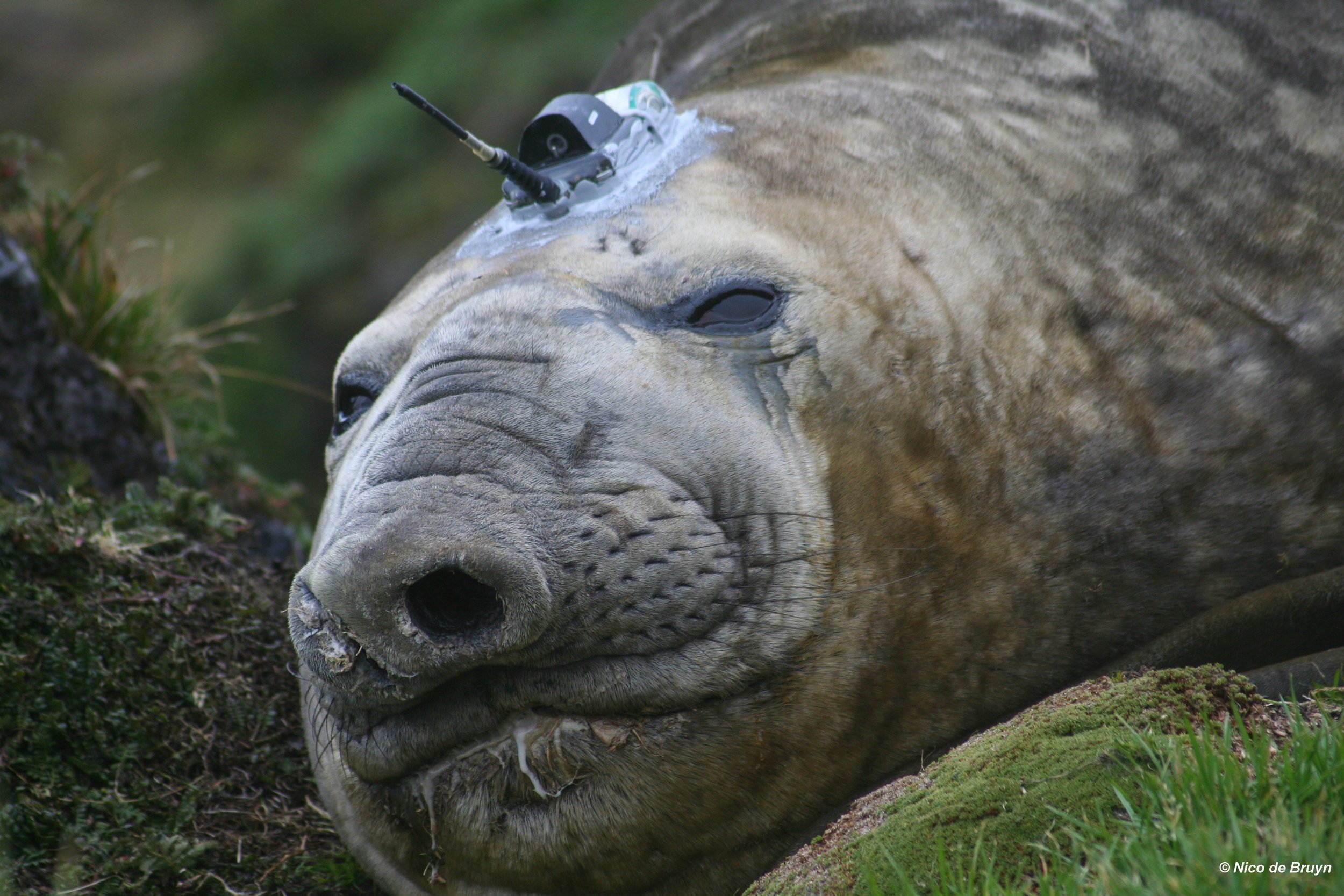Killer whale social life at Marion Island
/Marion Island killer whale Social Networks. Reisinger et al. 2017 Behavioral Ecology
Killer whales are considered highly social animals, however, social structure has been quantitatively studied in few populations. We have been running a photographic identification programme of killer whales at Marion Island in the Southern Ocean since 2006, and we recently used this dataset to explore how individuals associate with each other and how this correlates with their genetic relatedness. In a new paper published in the journal Behavioral Ecology we show that killer whales at Marion Island have small social modules which are mostly stable over years, but that these can be dynamic over shorter time periods. This may be a response to environmental conditions. The social modules which we identified comprise non-kin as well as kin, in contrast to the highly matrifocal structure in some other killer whale populations.
Kinship and association in a highly social apex predator population, killer whales at Marion Island
Ryan R. Reisinger, Charlene Beukes (née Janse van Rensburg), A. Rus Hoelzel and P.J. Nico de Bruyn
Behavioral Ecology
https://doi.org/10.1093/beheco/arx034
















































